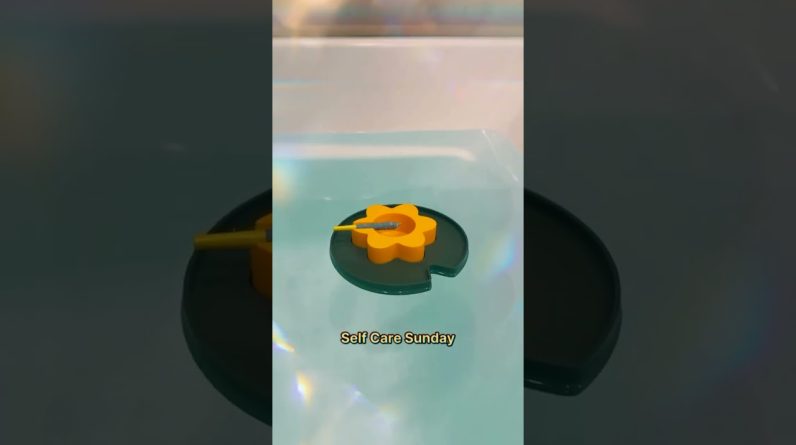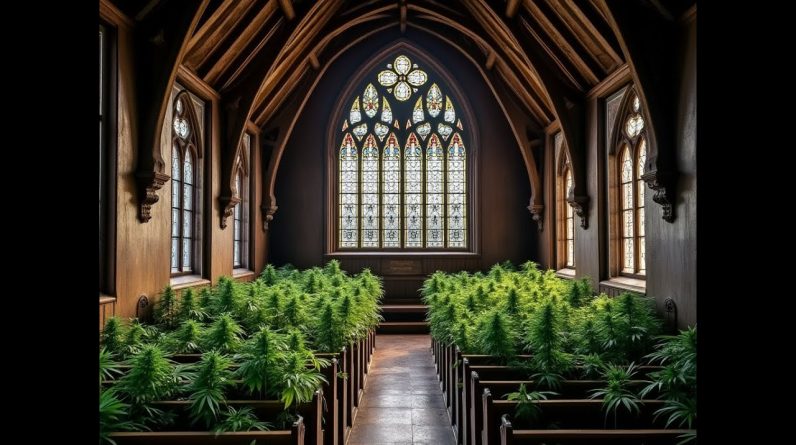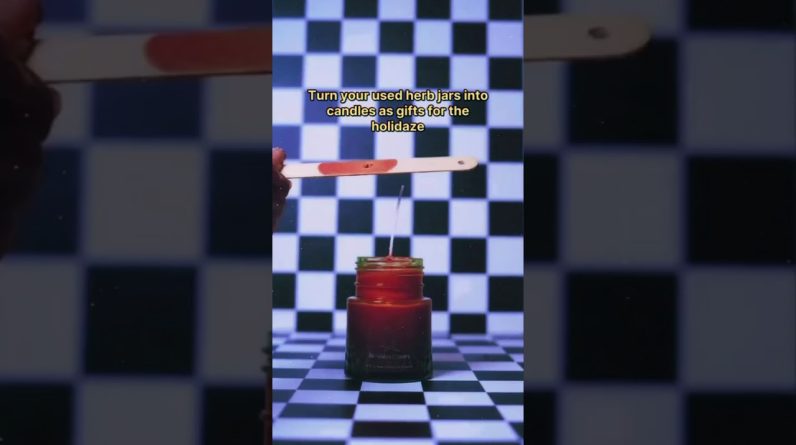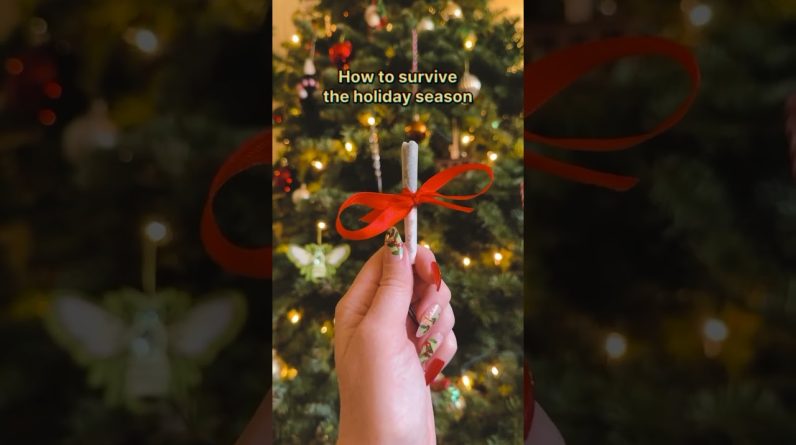
After the legalization of cannabis in many parts of the world, it’s safe to say that you won’t come across low-quality weed as often. Instead, with improvements in cannabis growing methods, cultivators are producing high-quality buds that meet lab standards.
But how to differentiate good weed vs bad weed? What does good weed look like? Many cannabis experts claim that dirt weed has a distinctive look which makes it different from top-shelf dank weed. It’s more crumbly with hues of brown and yellow. Some also claim that you can tell the difference by the smell.
Table of Contents
Moreover, ditch weed is widely available on the black market. Therefore, if you purchase your marijuana buds from a licensed dispensary, you must be getting a high-grade product that meets the lab standards.
Cannabis smokers no longer have to purchase crumbly, brown, brick weed from the black market. But in every industry, we have low-quality and high-grade top-shelf products.
Similarly, the cannabis industry has dirt weed and top-shelf weed. So you might come across poor-quality brown weed. But how do you tell the difference between good and bad weed?
Here’s a detailed guide to help you determine the difference in weed quality.
What Do High-Quality Buds Look Like?
Before you learn how to tell the difference between low-grade weed, mid-grade weed, and dank weed, you must know what high-grade cannabis looks like.
Good weed, also called top-shelf weed, dank weed, or top-shelf bud, has hues of bright green color. The flowers or buds are crisper. Their THC content is higher, which creates more potent effects.
Top shelf strains are more intoxicating. Thus, they are used for making edibles, oils, and tinctures. However, it is challenging to differentiate between a high-quality flower and a mid-grade weed as they both are widely available.
But some key traits can help you differentiate between the qualities of cannabis. You can also look at the weed grade chart to know more about the appearance of good vs. bad cannabis.
How to Determine the Weed Quality
You can avoid being stuck with bad-quality weed or low quality flower if you know what to look for.
From visual inspection through the naked eye to smelling the buds, a few factors, such as bud structure and smell, will help you determine the quality of buds you have. Here are some of the following.
Smell
Quality cannabis buds have a pungent smell, and they are visually appealing. This is identifiable by most cannabis smokers. However, the aroma is very specific as it has sweet and earthy notes.
If it smells like diesel, the buds have a high terpene content. So if you’re trying to avoid low-grade weed, you must smell the buds to know about the terpene content. Sniffing the buds helps because inferior buds lack a pleasant smell.
Low-quality cannabis smells like dried hay. If you sniff cannabis and it smells like dried alfalfa or hay, the cannabis was poorly grown.
Cannabis that is cultivated with attention exhibits a pleasant and pungent aroma. The cannabis flowers have a strong fragrance. If the cannabis buds smell like coffee or chocolate, it indicates Indica strain.
If your cannabis buds have citrus notes, it indicates Sativa strain. Moreover, hybrid strains contain both types of notes. A good bud usually has a strong odor because the stronger the fragrance, the better the cannabis.
Color
High-quality cannabis usually has a bright green or dark green color. It has bright hues. You won’t be able to spot any brown or yellow hues. The shades may vary from strain to strain.
However, frosty greens, forest greens, and undertones of the same color represent good marijuana buds. Some quality buds also have color hints of purple, blue, and rosy pink.
But if the weed buds have brown, yellow, tan, or orange undertones, it is more likely to be brick weed from unhealthy plants.
Some of the flowers have a bleach white undertone or look frosty. This weed is the victim of light burn due to poor growing conditions and the cultivator’s neglect.
When cannabis plants are subjected to high-intensity lights for longer durations, it causes a light burn that destroys the terpene content. As a result, the buds have poor taste and do not provide a good smoking experience.
Structure of Flowers
Indica buds have a dense and tight bud structure, while Sativa buds are more fluffy and light. If these buds are grown in poor conditions, they have incomplete stems and buds.
Most of the hybrid buds have the structural traits of Sativa and Indica.
Good Sativa flowers have a covering of pistils which are tiny orange and red hairs. Indica buds do not have pistils.
Besides this, you’ll notice that the pistils in good weed are spread throughout the buds. Therefore, you should avoid smoking weed that has clusters of pistils.

Trichomes
Properly grown weed has dense buds with neatly packed tripe trichomes. Trichomes are the part of the plant that stores terpenes and cannabinoids.
Ripe trichomes indicate good marijuana. Therefore, looking into trichomes can help determine if you’re smoking good weed.
You can check if the trichomes are frosty and dense. Quality buds have frosty trichomes. In contrast, bad weed lacks dense trichome coverage and crystalline trichomes.
You can assess the trichome density by thoroughly looking at the buds.
However, it is more challenging to check the trichome ripeness. You’d need a magnifying glass to look into the trichome’s ripeness. Thoroughly looking into trichome ripeness with the magnifying glass helps determine if the plant was grown to maturity.
Some strains, such as Sativa, have a long flowering period. When cultivators harvest them prematurely, they do not provide a good smoking experience.
Premature harvesting is common in areas where cannabis is illegal. Cultivators try to maximize their yield and harvest premature buds, compromising the quality. Therefore, you must look into the trichome ripeness to know if you have purchased good weed.
The trichome head should have a milky white color. It may have some hints of amber. The glandular trichome head should not be clear.
Clear trichome heads indicate that the harvester cultivated the buds prematurely. However, if the trichome heads have amber hints, the plant was harvested at peak ripeness after it was properly cured.
Trimming
After the harvest, the cultivators trim the buds to eliminate the stems, leaves, and branches. Therefore, high-quality buds do not have stems and leaves. Good stuff is neatly trimmed.
Most cannabis growers use bud trimming machines. Unfortunately, it results in uneven trimming. However, top-shelf cannabis usually has neat buds because they are hand-trimmed.
Machine trimming can mangle buds. In addition, it disrupts the trichomes because they are extremely fragile. Thus, trimming is an essential factor that helps differentiate between good and bad weed because poor quality weed has excessive leaves. It indicates a rushed cultivation process, resulting in lower quality buds.
Pests and Mold
Moldy weed is always a no-no. High-quality weed is free of pests and mold. But sometimes, when you purchase good weed from the black market, it may have pests or mold.
However, the weed from licensed dispensaries does not have mildew or pests.
Some buds may have white, powdery, fuzzy mold on them. The appearance depends on the type of fungus affecting the buds. But white trichomes are a primary indicator of bad weed.
Moreover, some insects such as thrips, gnats, aphids, and mites also destroy the buds. This is because they lay eggs and leave the fecal matter on the buds. Therefore, if the buds have any traces of insects, cannabis consumers must not smoke them.
Is High-Quality Cannabis Always Expensive?
Cheaper stuff does not necessarily mean that it’s bad. But sometimes, old weed with poor terpene content is sold off cheaper than high-quality weed.
You may get good quality weed at a reasonable price from your nearby dispensary, but the high price usually indicates extra attention and care required to harvest the best buds.
If you purchase good weed at a low price, you must look into the buds and smell them to know if you have a high-grade product.
You must also check the harvest date before purchasing it at a lower price. Moreover, you should avoid buying unreasonably cheap weed because it may not have high concentrations of THC.
In this case, you will have to smoke triple the amount of product for more intoxicating effects. However, the price isn’t the only deciding factor regarding good and bad weed.
You must look into the flowers’ structure, smell, trichome density, and color before purchasing.
Novice weed smokers cannot always tell the difference. Therefore they should buy weed from their local licensed dispensaries and observe what they’re smoking. Then, the next time they come across poor-quality products, they’d be able to differentiate between them.

Wrapping Up with Good Weed vs Bad Weed
There are numerous strains, and everybody has their taste and liking. If you like to smoke weed that has a crumbly texture, you may have to purchase it from the black market.
But if you’re a cannabis expert looking to smoke the best quality top-shelf weed, you’d have to look into its smell, color, trimming, trichomes, etc.
There isn’t a ‘one suits all’ rule when it comes to weed. The information in this article is for informational purposes. Therefore, you should not interpret it for medical or legal advice.
You should try different strains and buy various products to know what you like best. Then, just look into some factors that help determine the weed’s quality, and you’re good to go!





